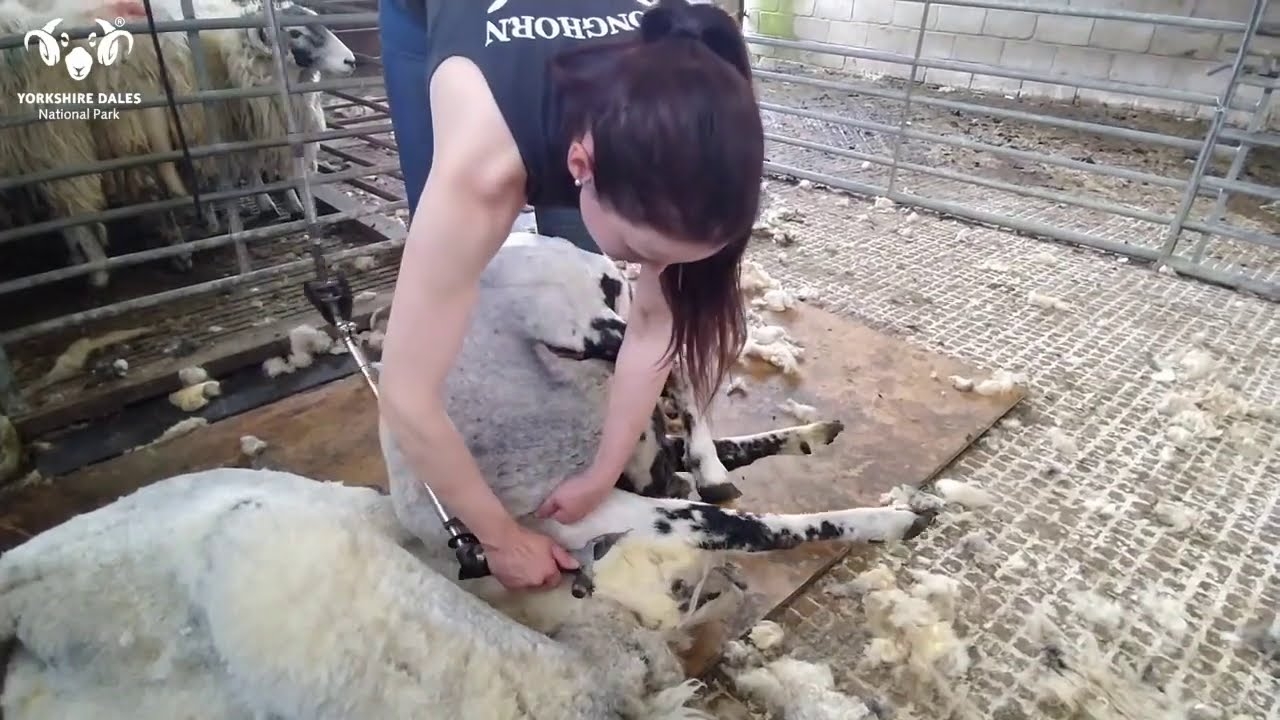
Do you have a sheep farm? The majority of sheep breeds, with the exception of those that shed, require to be sheared at least once per year. Alpacas and other wooly farm animals also require annual haircuts. To prevent matted wool, heat stress, and flystrike, shearing is required. So make plans for an annual shearing day even if you do not intend to take up spinning!
Get Your Sheep Prepared
Crutch or drag the sheep in the days prior to shearing to remove all the unkept wool from the area around the anus and tail. Your fleeces will be as clean as possible if you do this.
Keep all of your sheep in one area, such as a holding pen, to get them ready for shearing day. Assure them of having access to clean water but not food. Fasting your sheep the day before shearing will reduce the amount of waste they produce in the holding area and make the procedure less messy. Additionally, by fasting the sheep, you can avoid turning them over to shear them while they are on their backs, which can be quite uncomfortable for the sheep.
Understand The Technique
Being a skilled shearer requires technique. If you want a sheep's wool to have the most value, it should ideally be sheared off in one piece. The optimum method is long "blows," but it requires experience. Whenever possible, try to avoid going over the same section of wool twice because the second cut of short wool cannot be spun.
After Care
Checking your sheep's health after shearing is mandatory. Keep a check on the sheep in the days that follow to make sure they are not displaying any indications of stress because shearing can be traumatic for sheep. Remember that your sheep lack their customary protection if the weather changes drastically, so shelter them as needed.
Animal stress during shearing can be reduced with careful treatment and planning, ensuring a stress-free experience for everybody. However, professional shearing gears are also essential, visit Shearquantity.com for the best quality shearing gears.
Additionally, shearers aftercare is also important! Since shearing requires strenuous physical labor, it's important to stretch your muscles afterward to prevent soreness.


You must be logged in to post a comment.
click here to log in